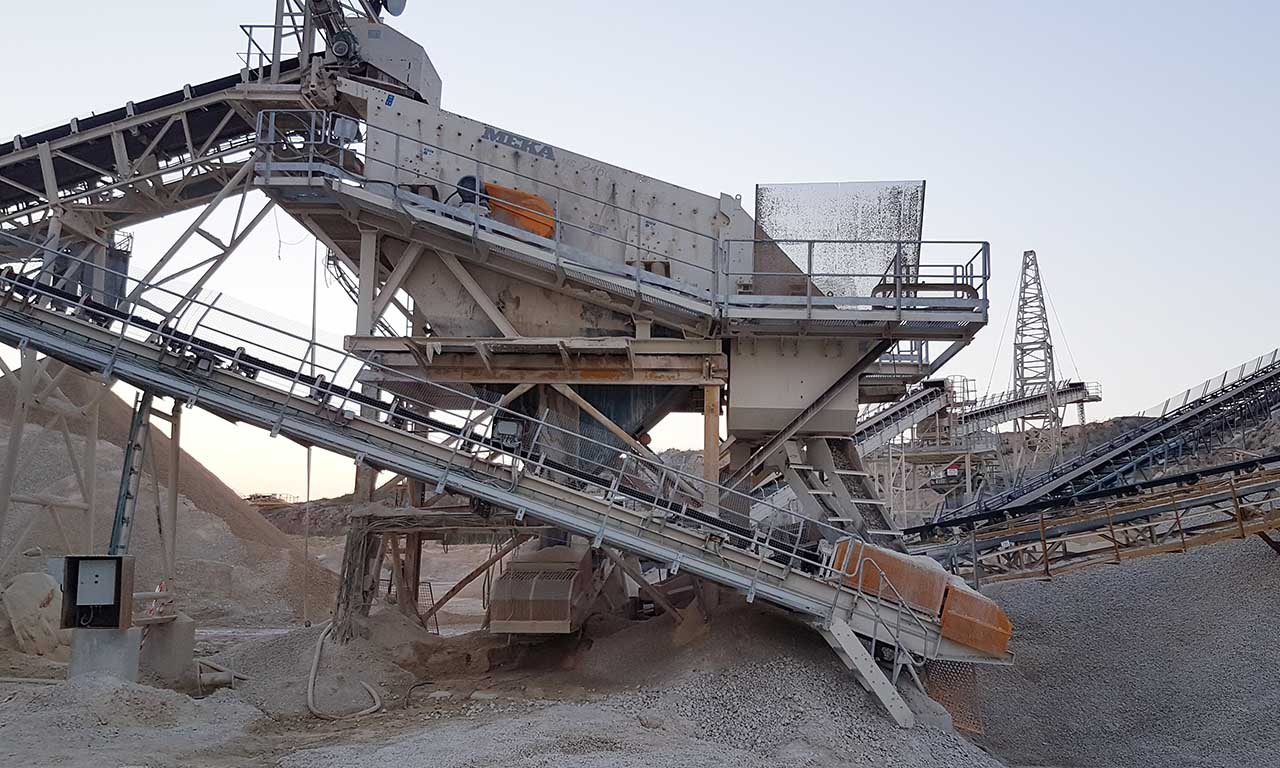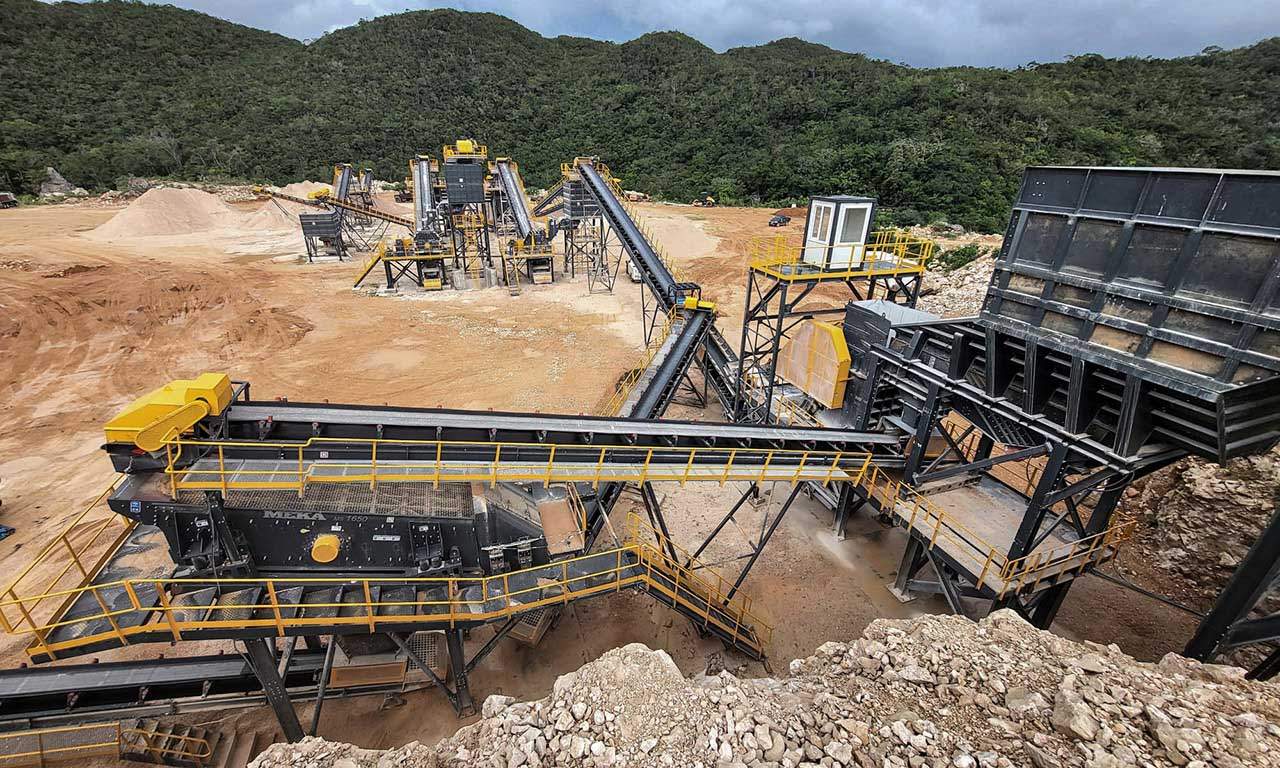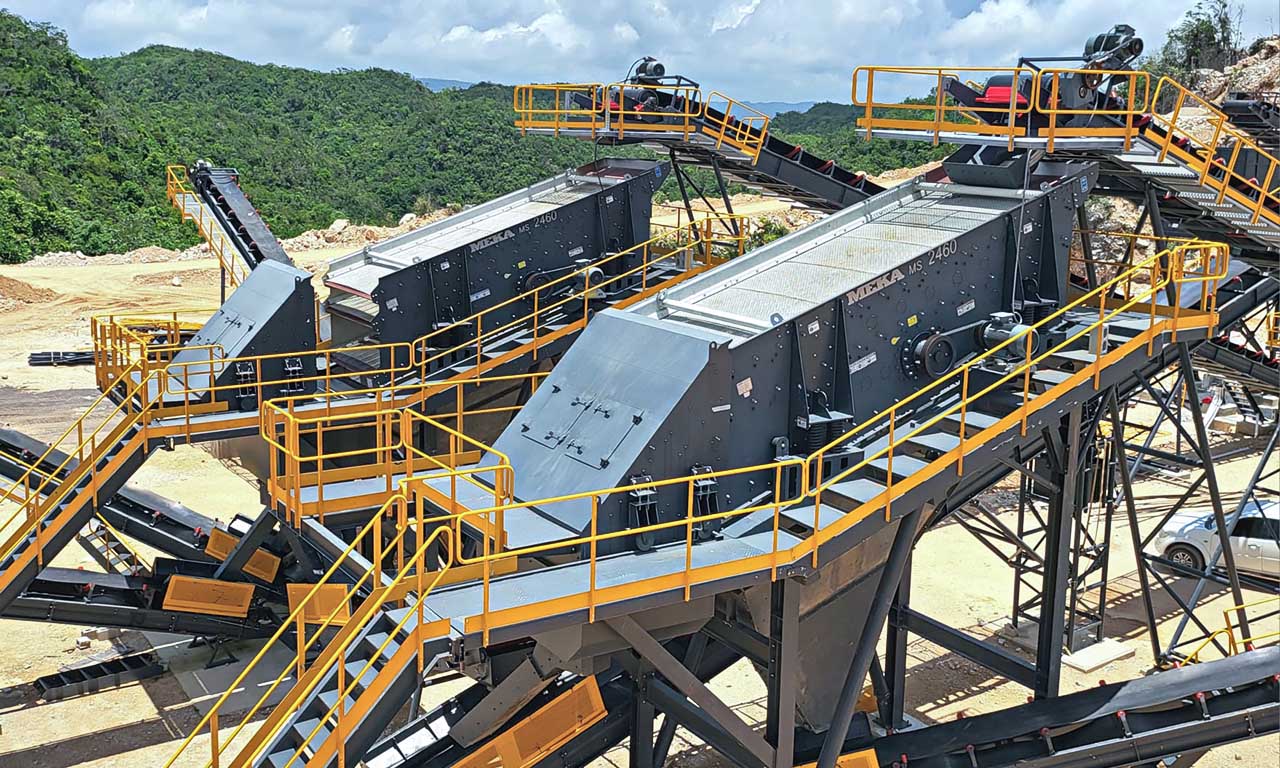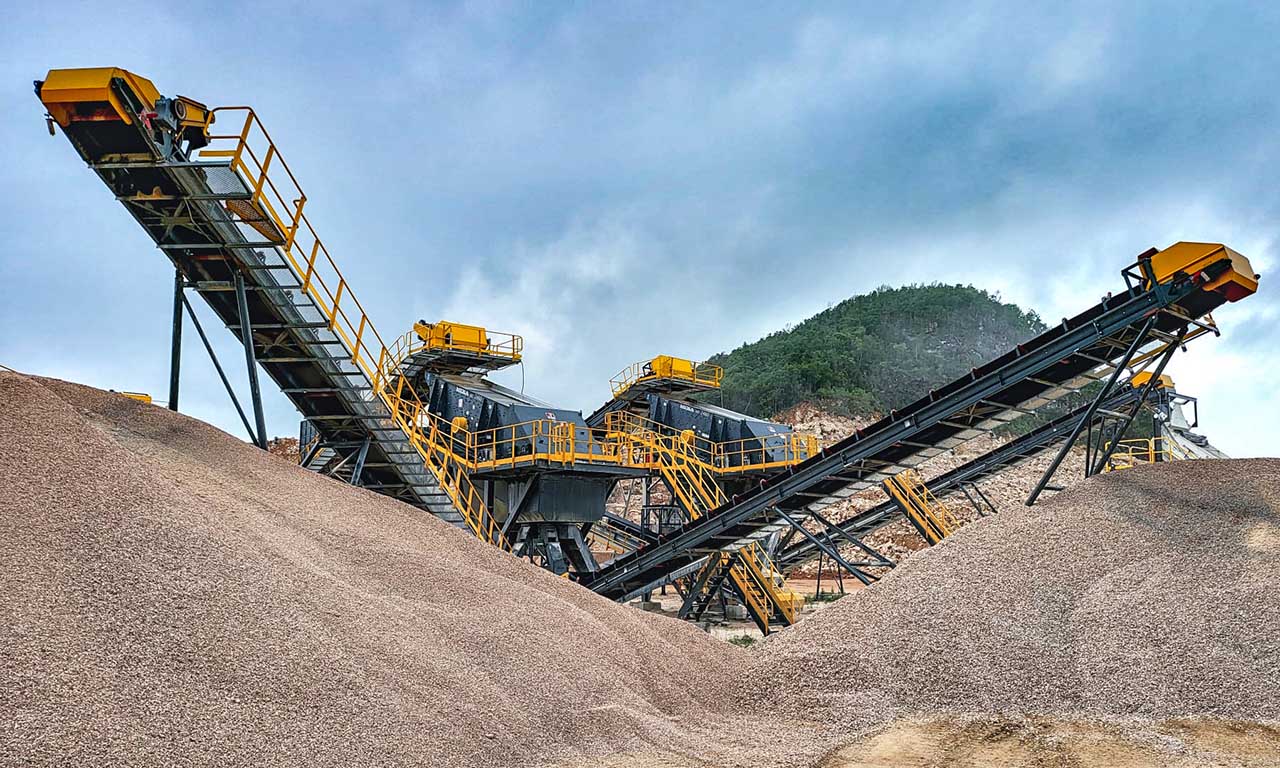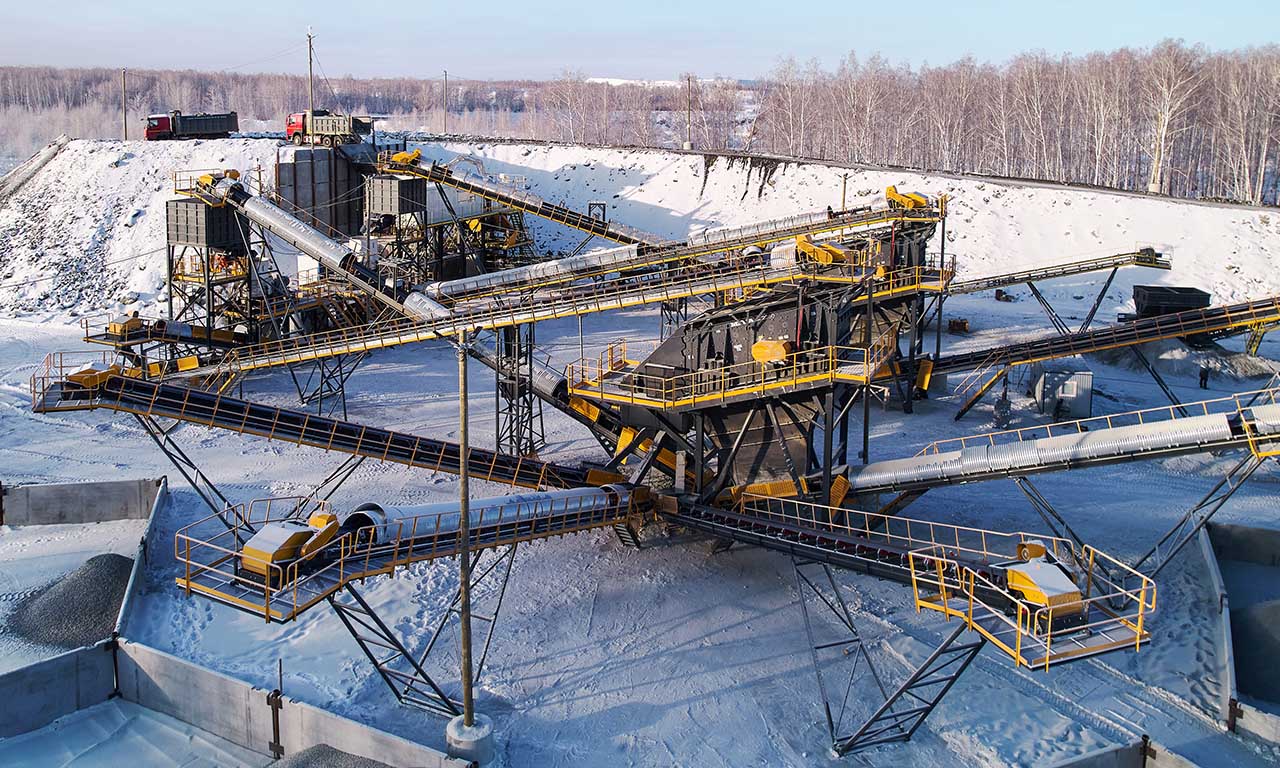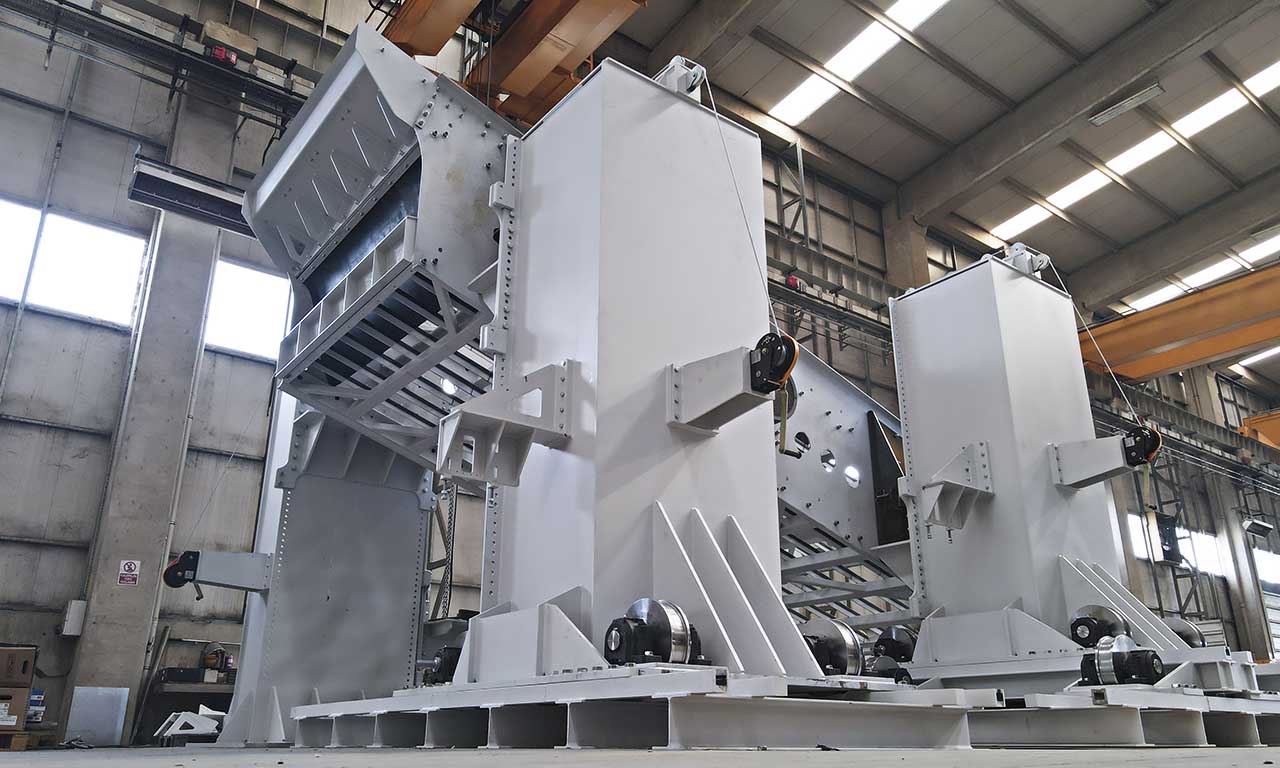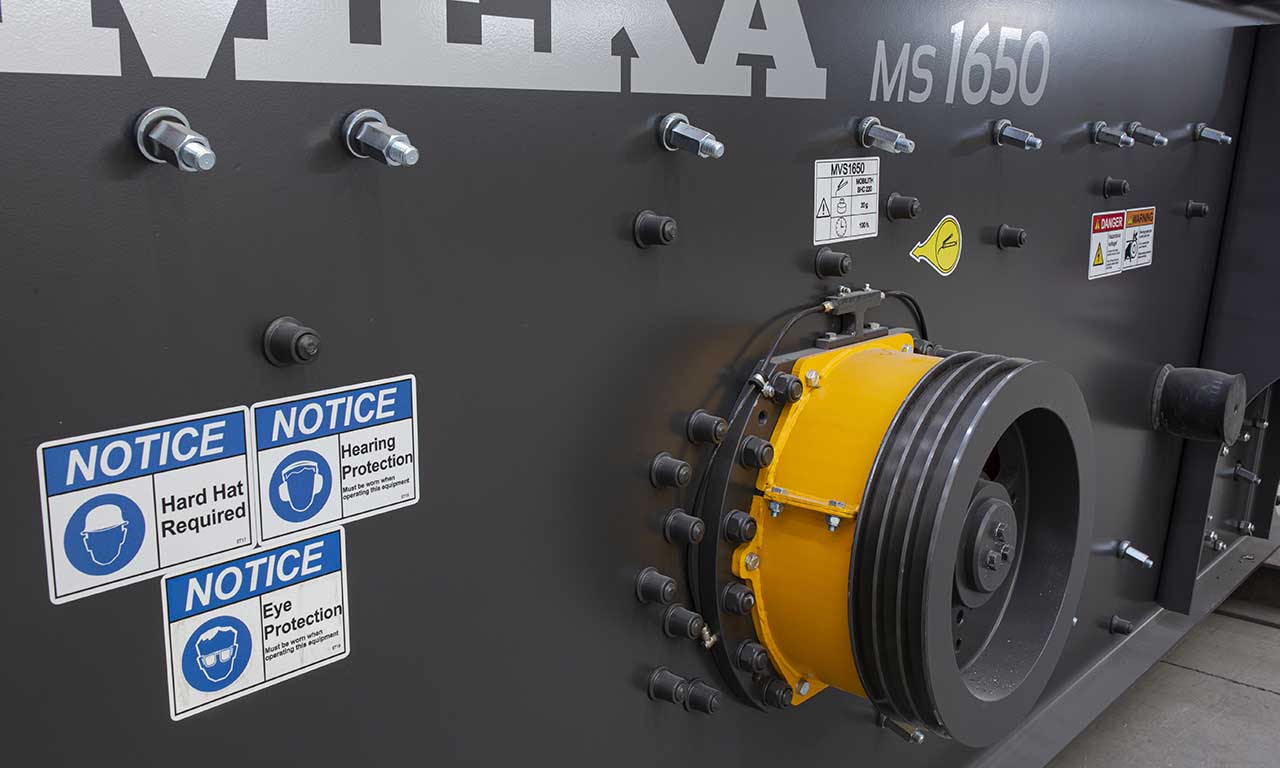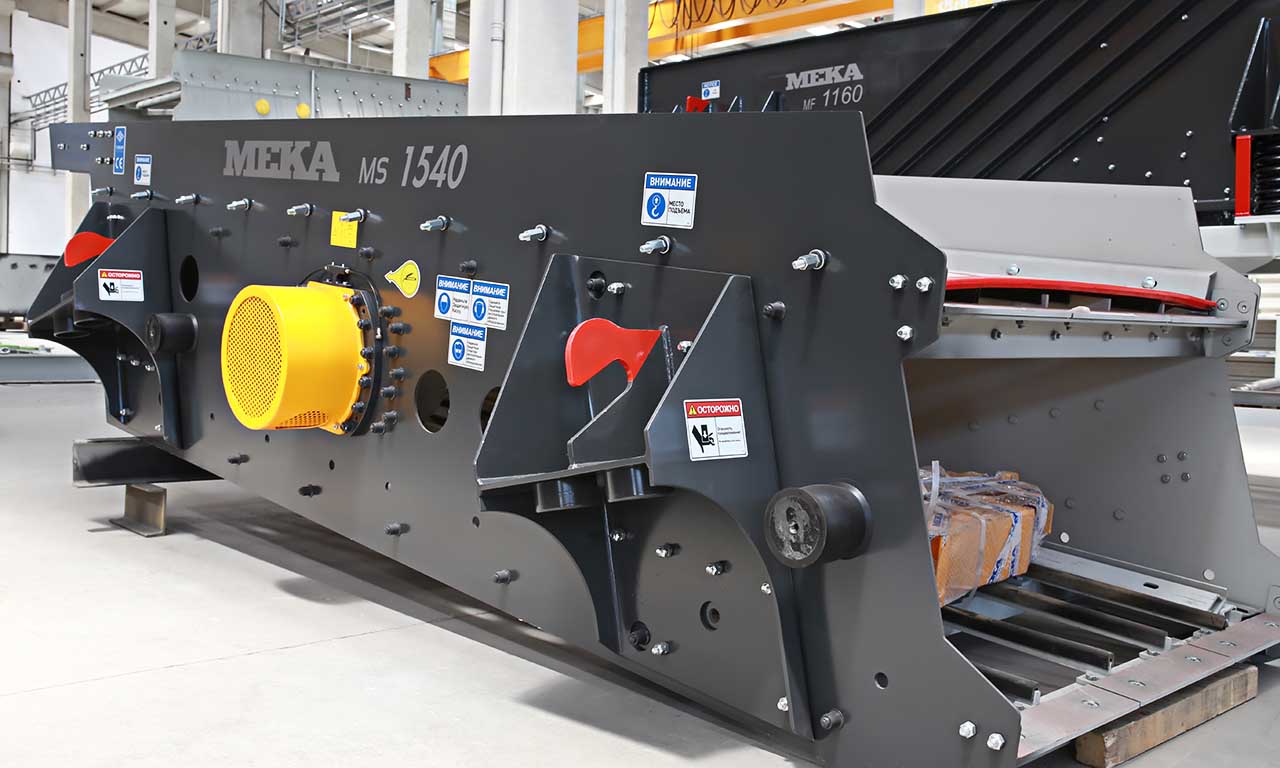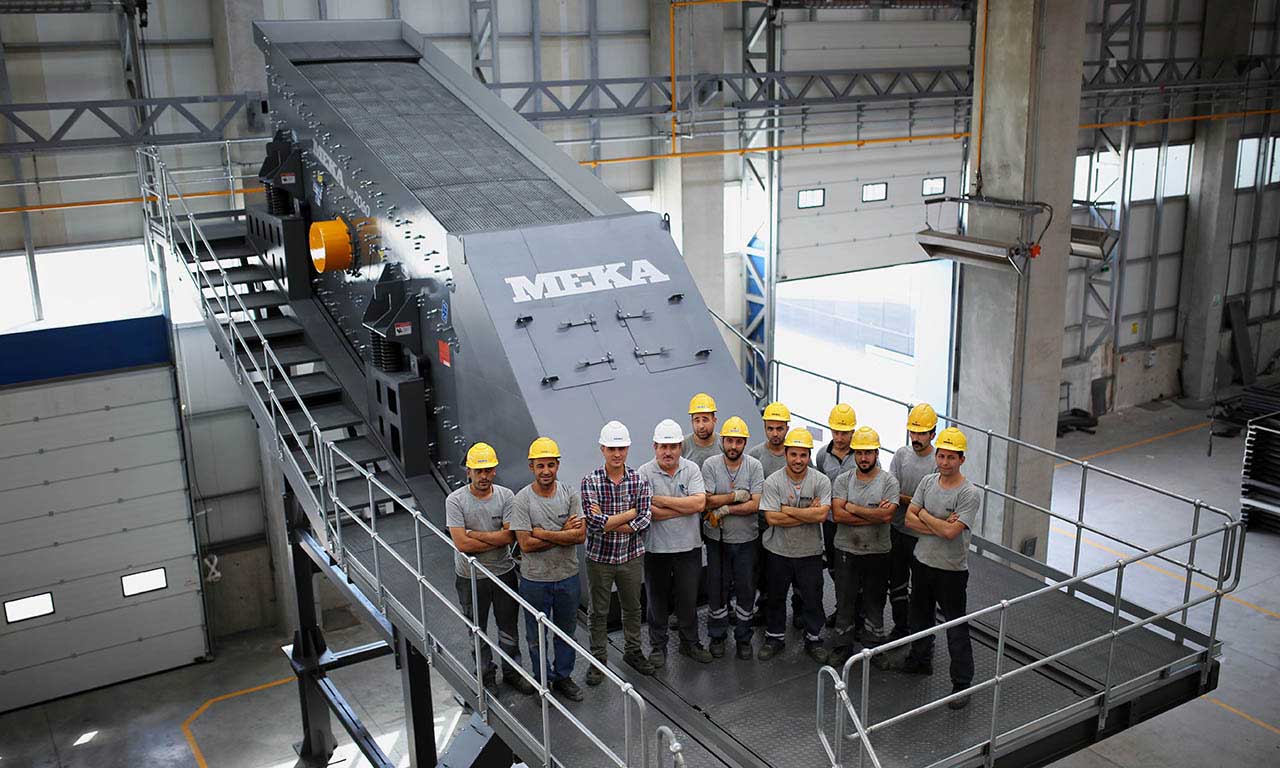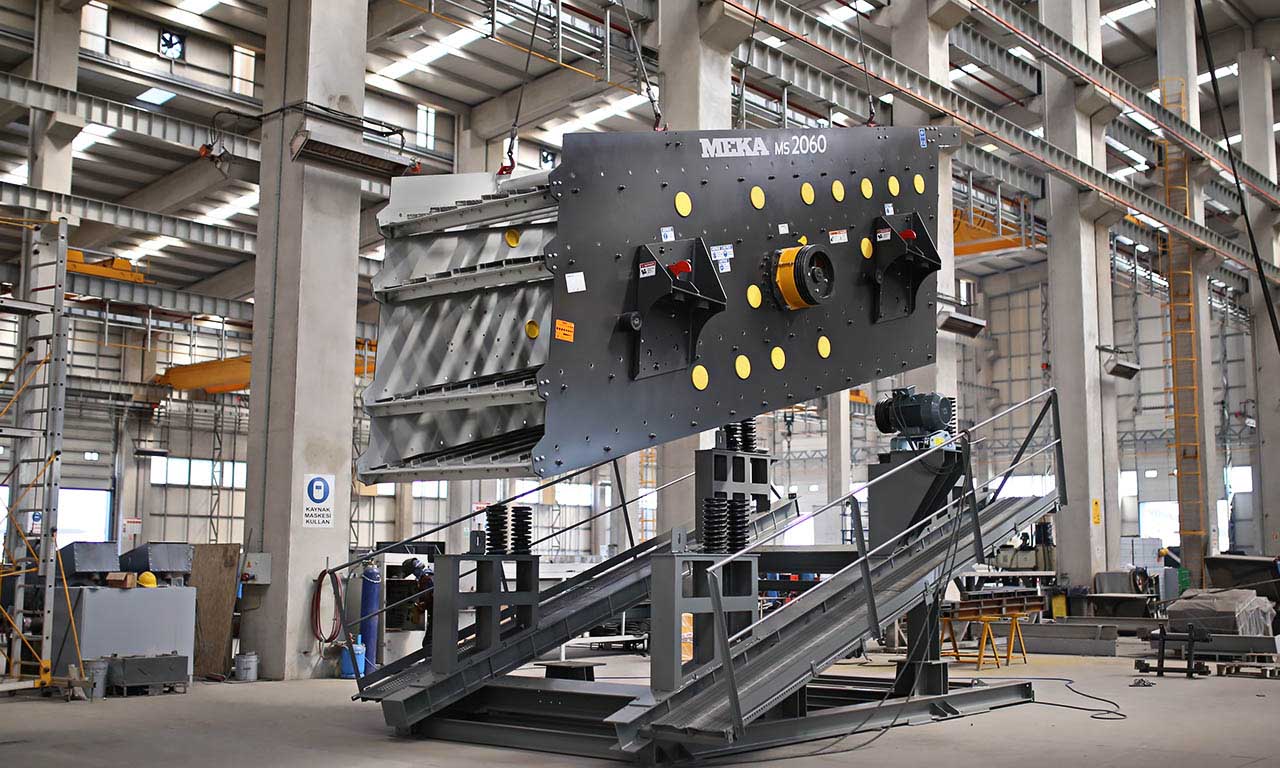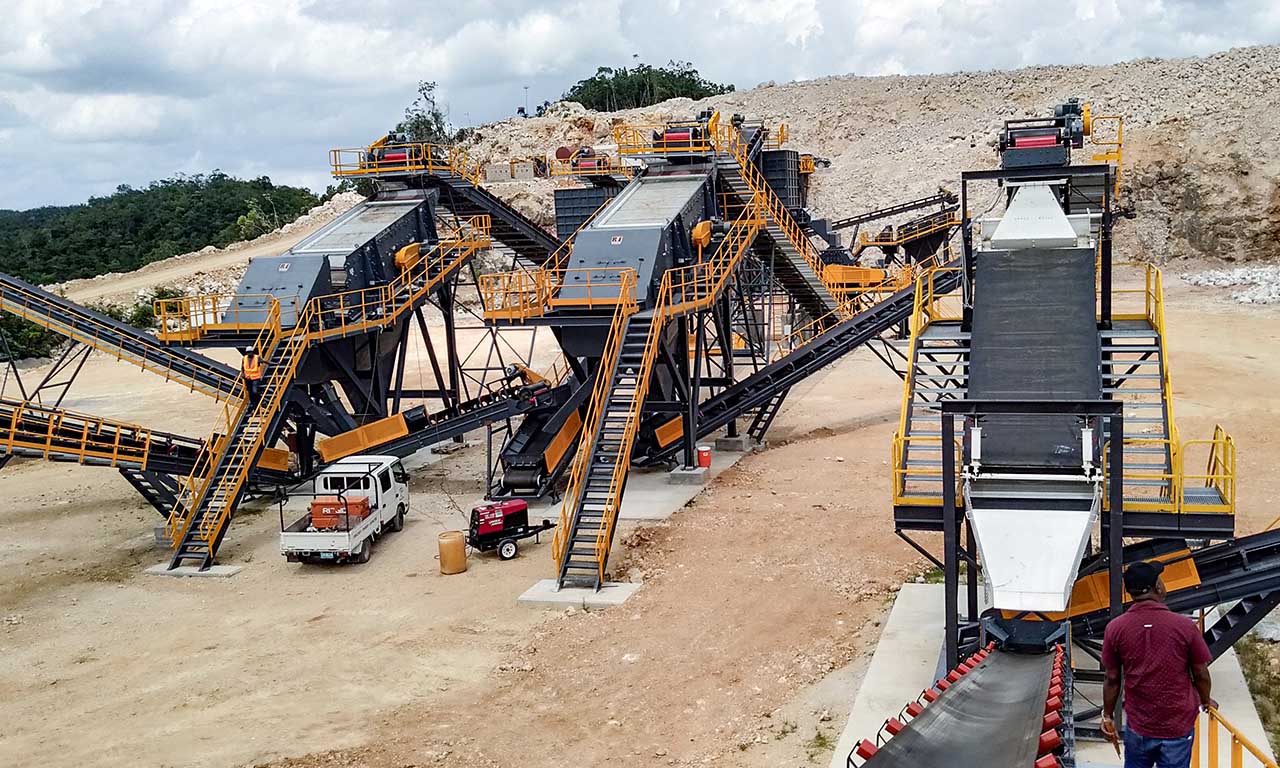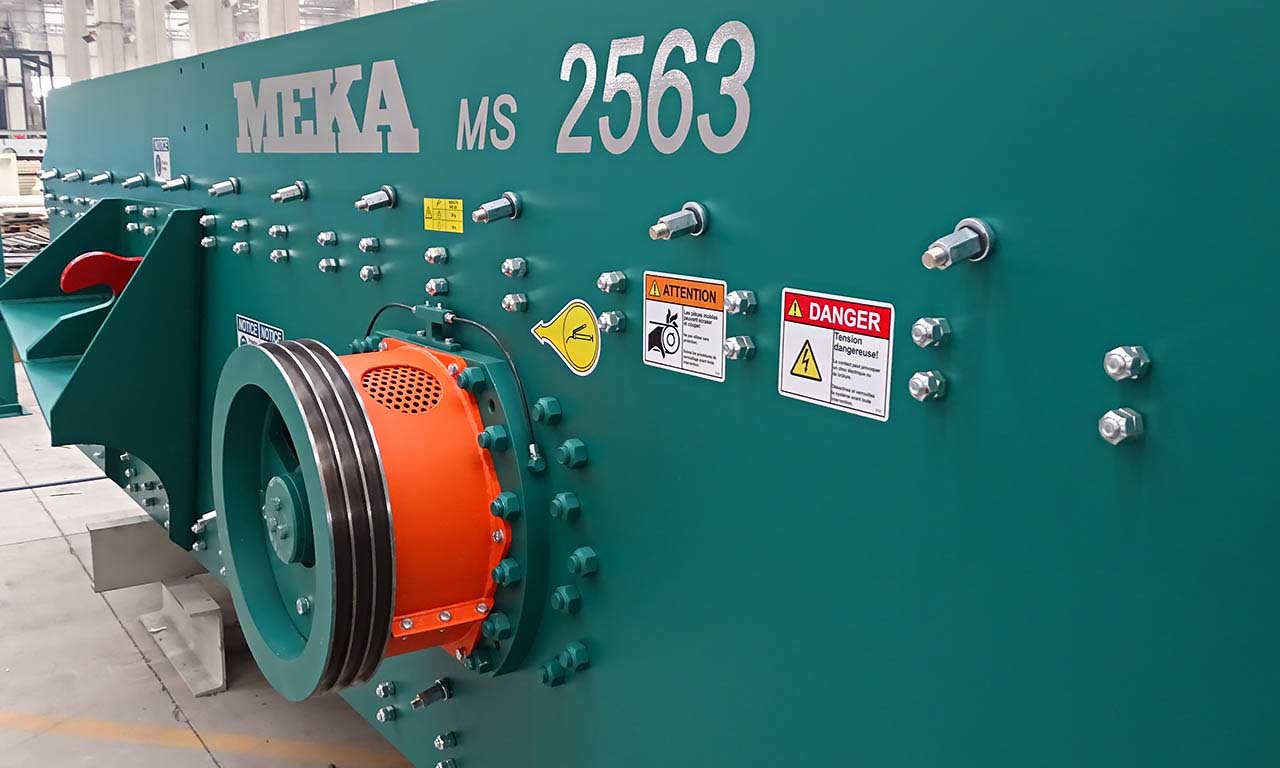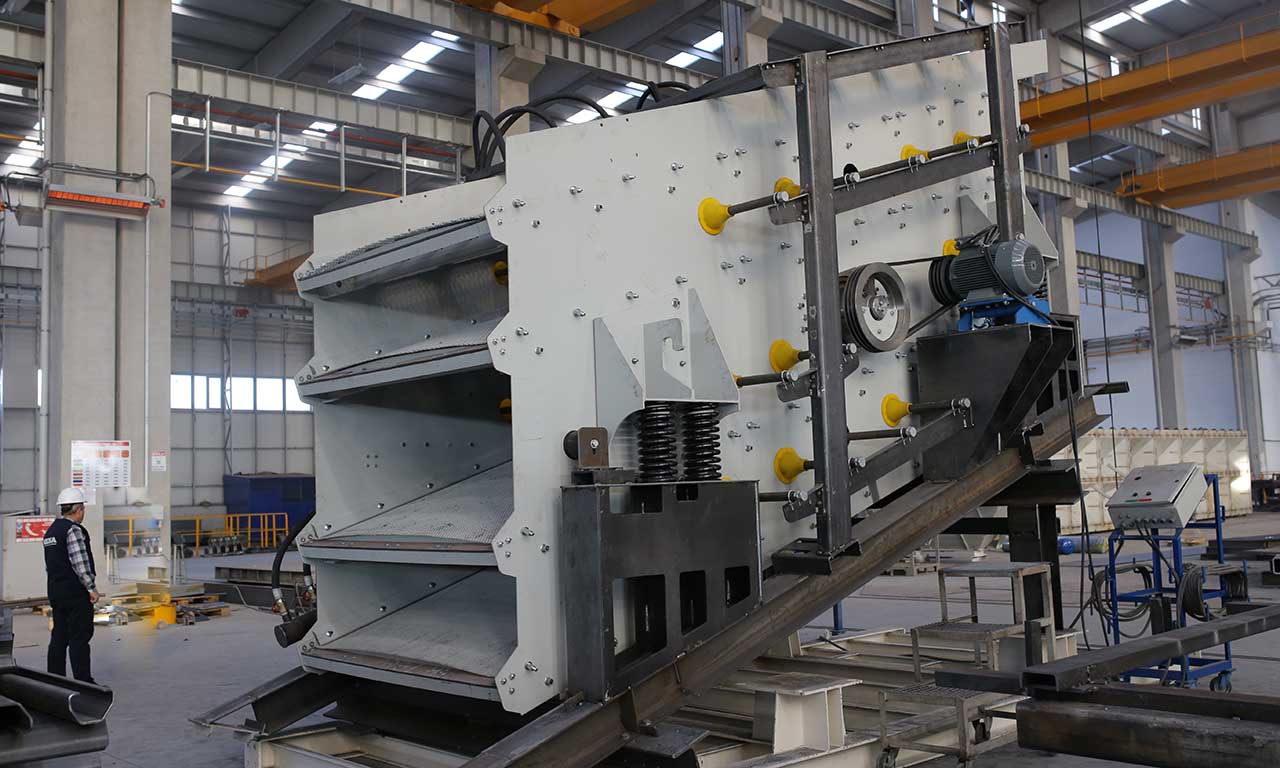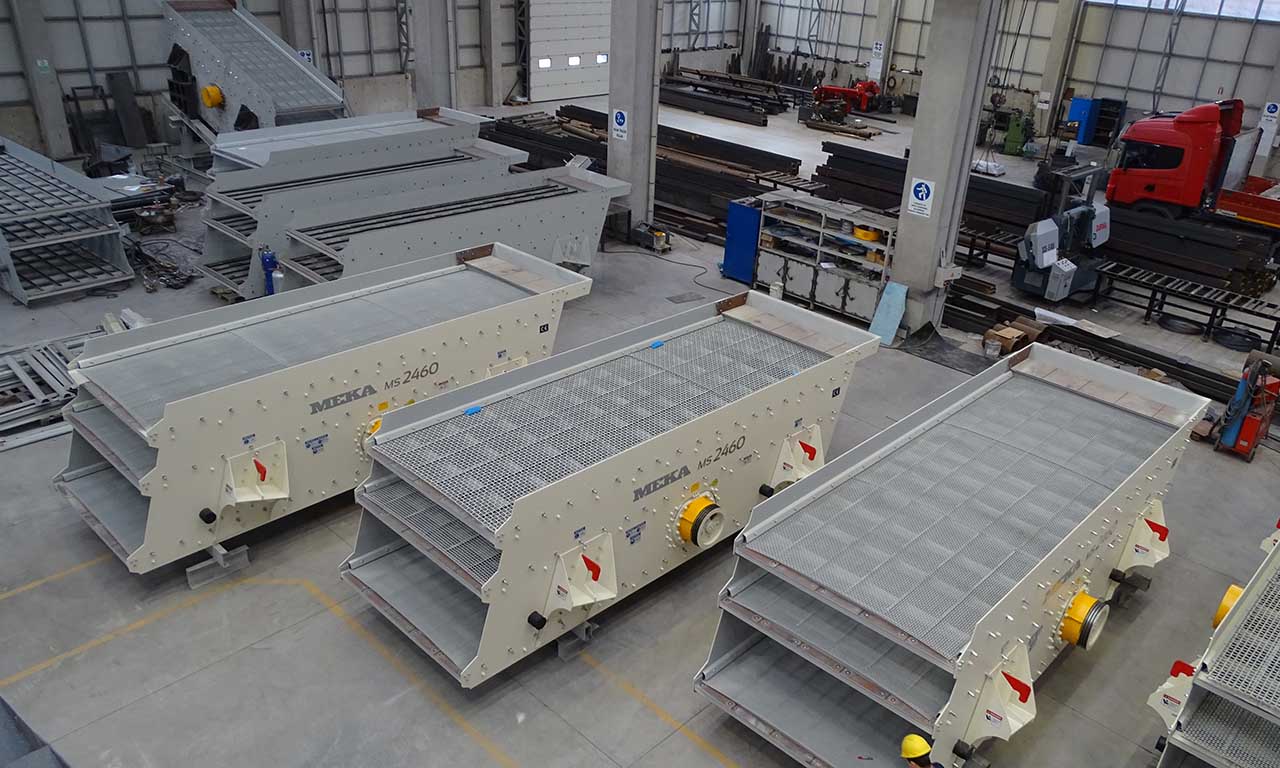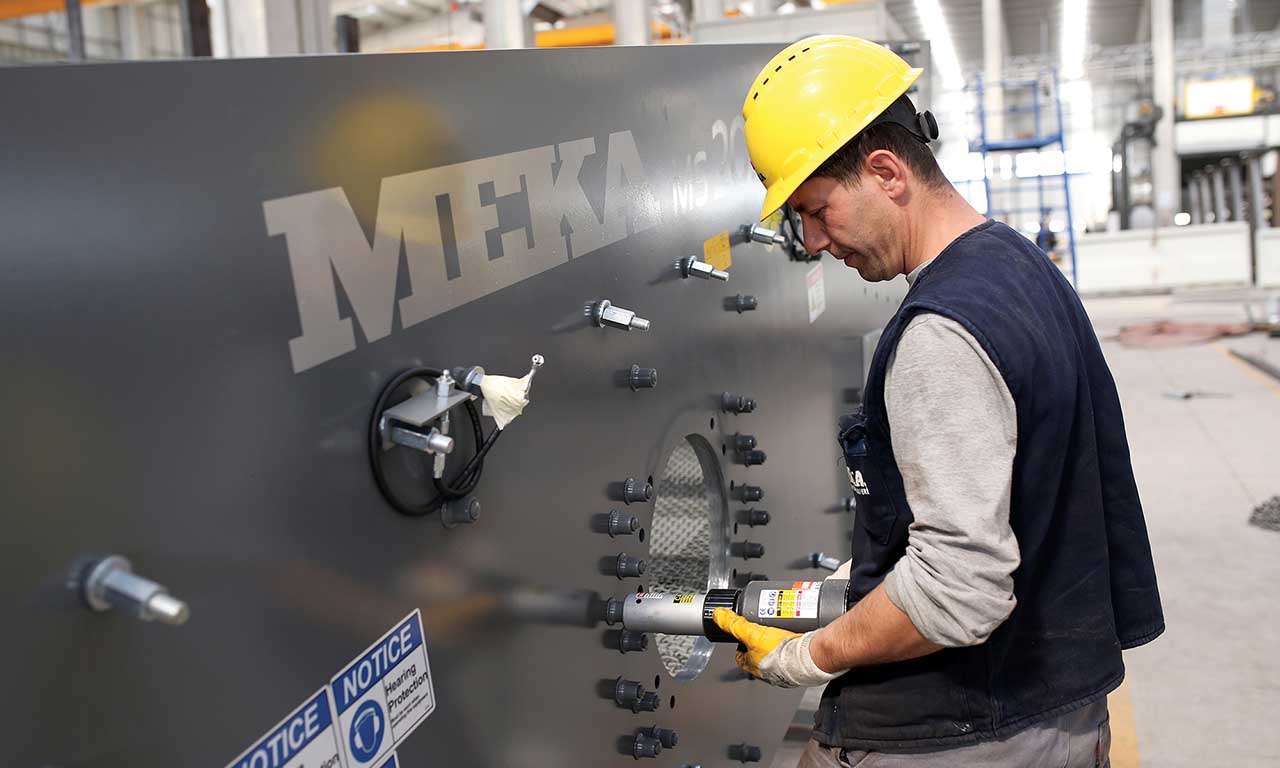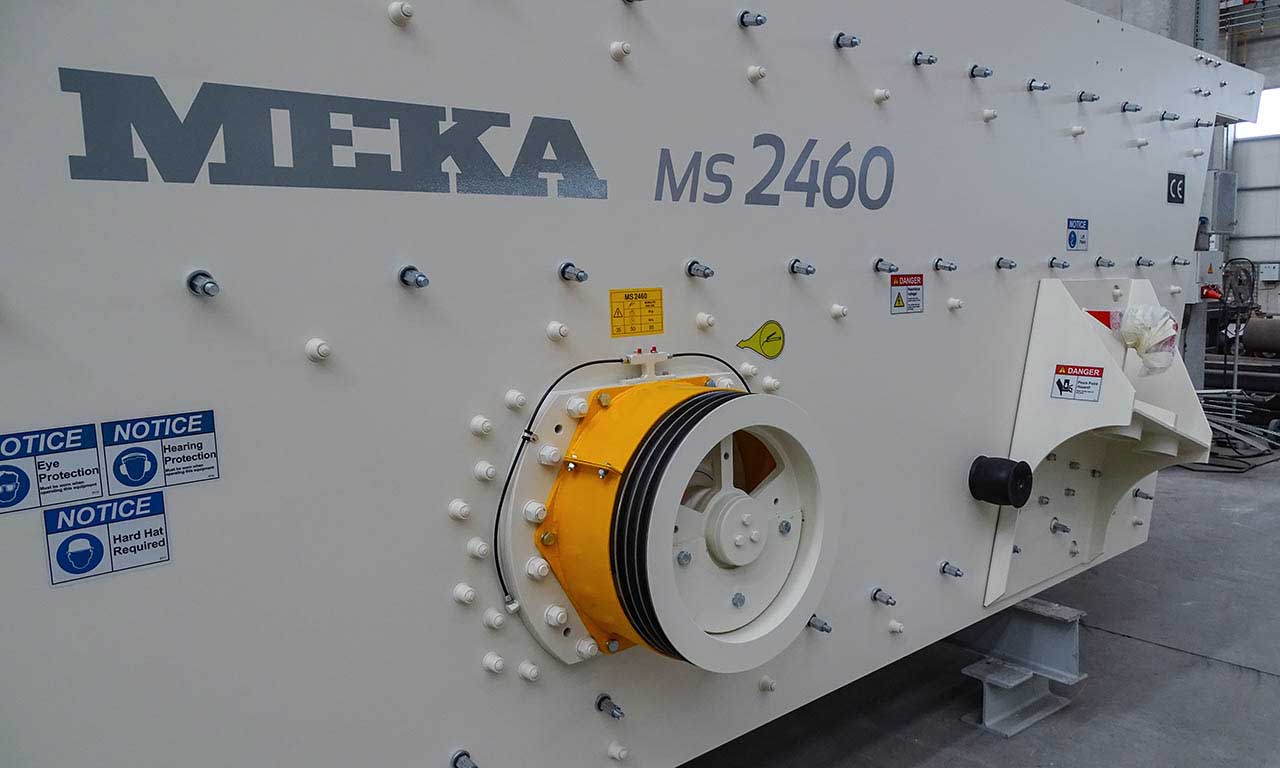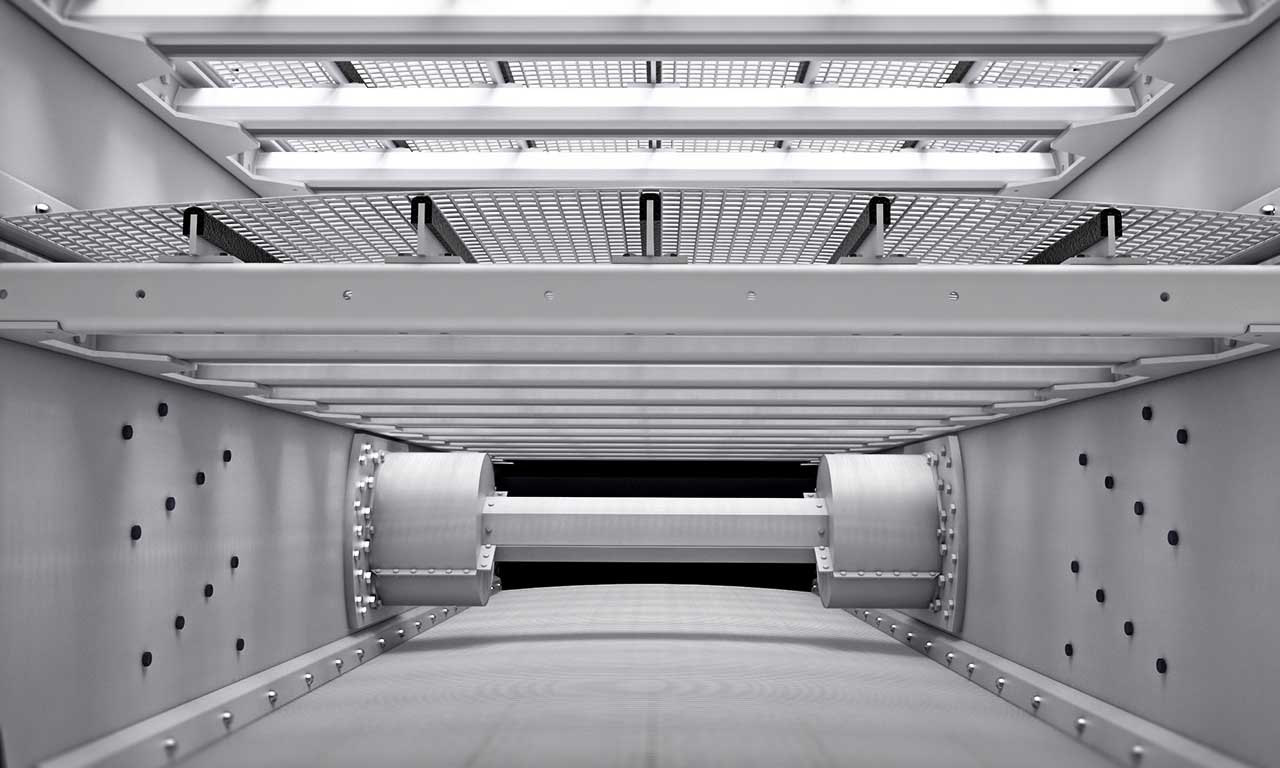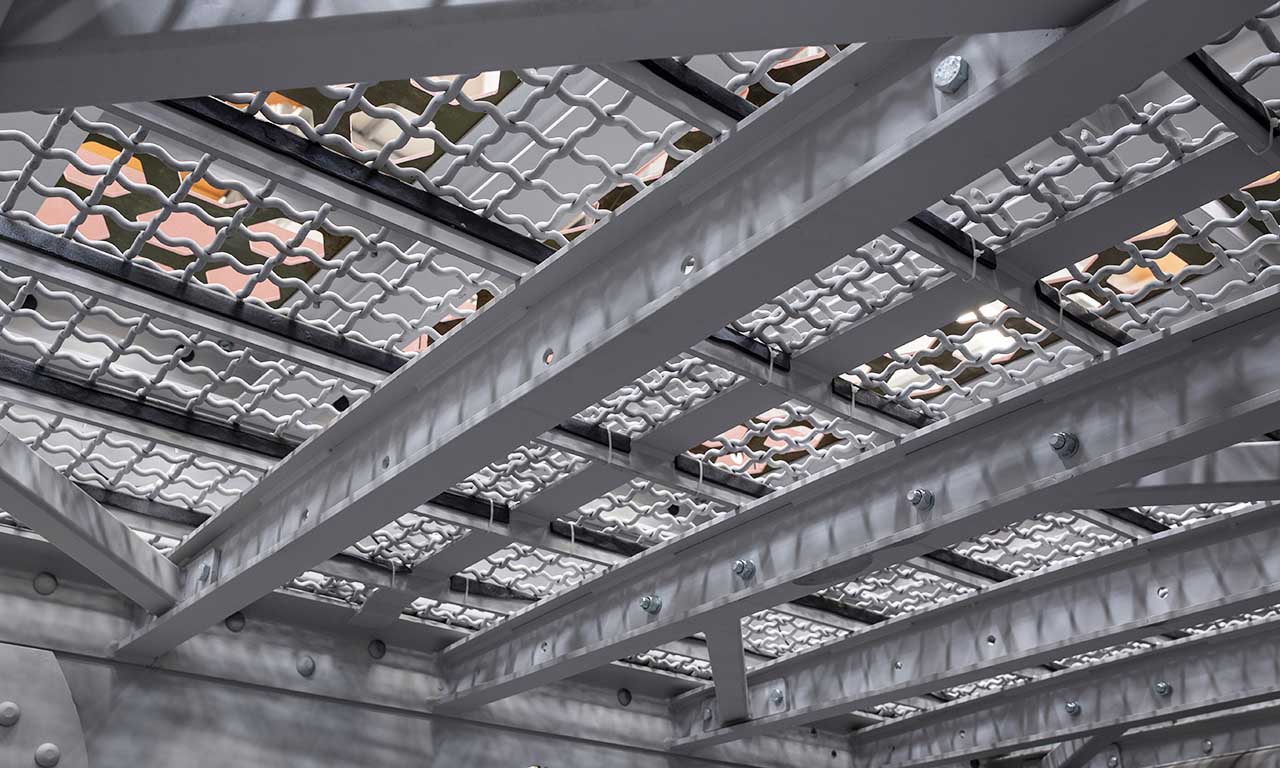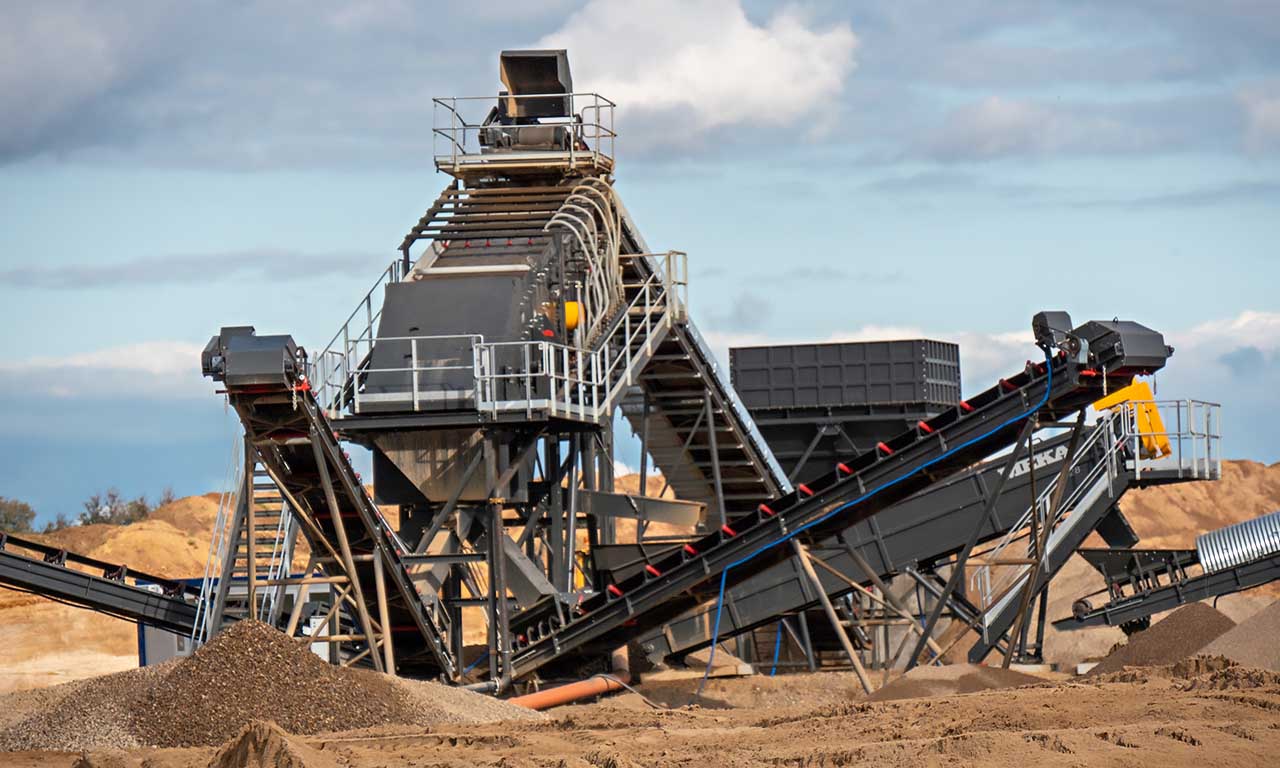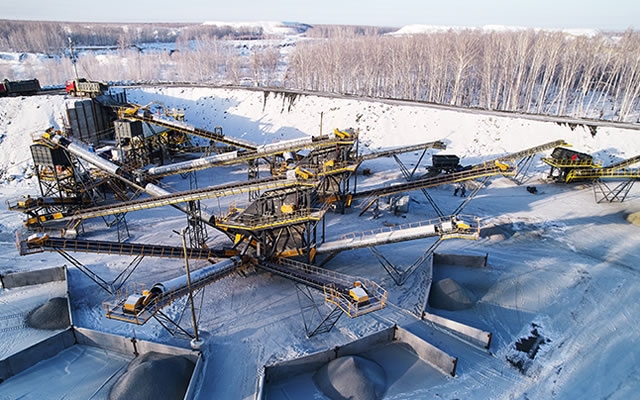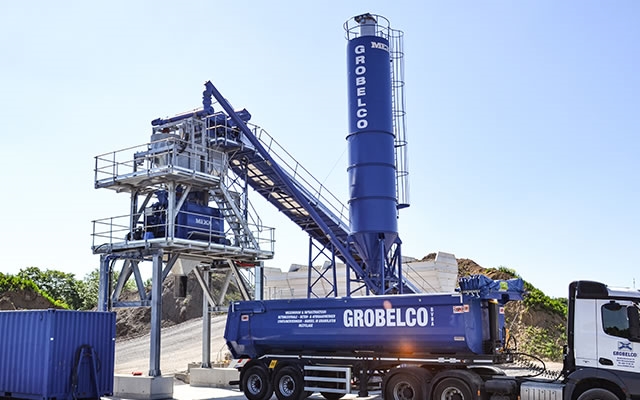MS Serisi
Eğimli Elekler
Eğimli Elekler (MS) kalite, güvenlik ve performansın bir kombinasonudur; en zorlu uygulamalarda çalışırken uzun bir hizmet ömrü sağlar. Dairesel strok hareketi üretimi arttırır, geri dönüş yükünü azaltır.
Dairesel hareket, MEKA eğimli eleklerinin eleme verimliliğini artırır. Genlik ve hızını hassas ayarlama özelliği ile değişen eleme koşullarını karşılamada çok yönlülük sağlar. Ekstra güçlü gövde yapısı, huck bolt bağlantı sistemleri, modüler tahrik sistemi ve kauçuk izolatörlü motor sehpası uzun hizmet ömrü sağlar.
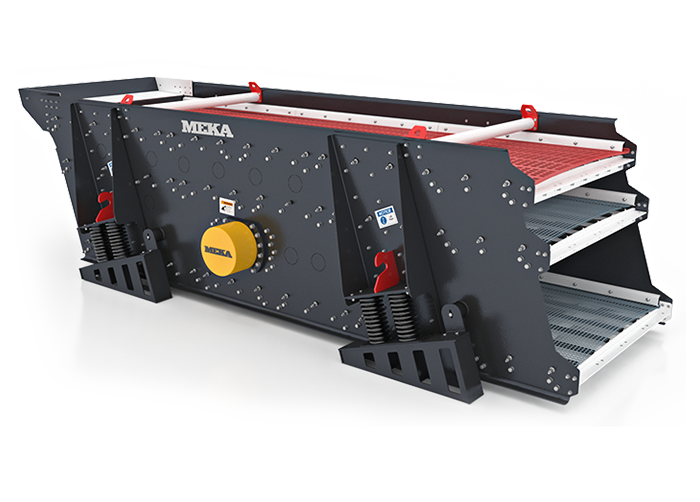
Uygulamalar
Her kırma ve eleme tesisinin kalbi olan eğimli elek, beslemeden ürün ayrımına kadar prosesin her aşamasında malzemeyi boyutuna göre sınıflandırmak için kullanılır. Farklı boyutlardaki malzemelerin verimli bir şekilde birbirinden ayrılması sayesinde eleme verimindeki artış kırma eleme tesislerinde kapasitenin arttırılmasını sağlar.
- Sabit dairesel hareket tüm katlarda aynı eleme verimliliğini sağlar
- Tahrik mekanizması, bir kardan mili aracılığıyla bağlanan iki modüler vibratörden oluşur. Modüler tahrik sistemi eğimli eleğin ağırlık merkezinde konumlandırılması sayesinde elek üzerindeki tüm noktalarda senkronize bir dairesel hareket elde edilir.
- Yıkama uygulamalarına hızlı uyum sağlayan tasarım
- Islak eleme uygulamaları için yıkama hattı, elek üzerinde herhangi bir değişiklik yapılmadan kolayca monte edilebilir. Yıkama operasyonu için standart olarak ön hazırlıklar eğimli elek gövdesinde mevcuttur.
- Tüm elek yüzeylerinin kullanımına uyum sağlayan kat tasarımı
- Eğimli Eleklerde, çelik tel, tıkanmaz tel, kauçuk, modüler poliüretan, gergili poliüretan, delikli sac gibi elek yüzeyleri kullanılabilir.
- Gövde çatlaklarını önleyen yekpare, kaynaksız yüksek kalite gövde sacı
- Eğimli eleklerde kullanılan yekpare yüksek kalite gövde yan sacları sayesinde, gerilim yoğunlaşması olasılığı ortadan kaldırılarak gövde çatlamalarının önüne geçilir.
- Her detayı ile dayanıklı ve uzun ömürlü
- Gövde yan saclarının elek kasalarına sabitlenmesinde kullanılan huck bolt tipi civatalar sayesinde uzun ömürlü ve güvenli kullanım imkanı sağlar.
MS 1540X2 |
MS 1540X3 |
MS 1540X4 |
MS 1650X2 |
MS 1650X3 |
MS 1650X4 |
MS 1850X4 |
MS 2050X2 |
MS 2050X3 |
MS 2050X4 |
MS 2060X2 |
MS 2060X3 |
|
| GenişlikxUzunluk (mm) GenişlikxUzunluk (inch) | 1500x4000 59x157,5 | 1500x4000 59x157,5 | 1500x4000 59x157,5 | 1600x5000 63x197 | 1600x5000 63x197 | 1600x5000 63x197 | 1868x4877 73,5x192 | 2000x5000 79x197 | 2000x5000 79x197 | 2000x5000 79x197 | 2000x5000 70x236 | 2000x6000 70x236 |
| Güç (kW) Güç (HP) | 15 20 | 15 20 | 22 30 | 15 20 | 18,5 25 | 22 25 | 22 25 | 15 20 | 22 30 | 22 30 | 18,5 25 | 22 30 |
| *Ağırlık (kg) *Ağırlık (lbs) | 3631 8005 | 4610 10163,3 | 6176 13615,7 | 4225 9314,5 | 6220 13712,7 | 7534 16609,6 | 7250 15983,5 | 4600 10141,3 | 6731 14839,3 | 8750 19290,4 | 5592 12328,2 | 7468 16464,1 |
MS 2060X4 |
MS 2460X2 |
MS 2460X3 |
MS 2460X4 |
MS 2563X2 |
MS 2563X3 |
MS 2563X4 |
MS 2573X2 |
MS 2573X3 |
MS 2573X4 |
|
| GenişlikxUzunluk (mm) GenişlikxUzunluk (inch) | 2000x6000 70x236 | 2000x6000 94,5x236 | 2000x6000 94,5x236 | 2400x6000 94,5x236 | 2500x6300 98,5x248 | 2500x6300 98,5x248 | 2500x6300 98,5x248 | 2500x7300 98,5x287,4 | 2500x7300 98,5x287,4 | 2500x7300 98,5x287,4 |
| Güç (kW) Güç (HP) | 22 30 | 22 30 | 30 40 | 30 40 | 30 40 | 30 40 | 37 50 | 30 40 | 37 50 | 2x30 2x30 |
| *Ağırlık (kg) *Ağırlık (lbs) | 9289 20478,7 | 6111 13472,4 | 8158 17985,3 | 9943 21920,5 | 6598 14546,1 | 8672 19118,5 | 13435 29619,1 | 10580 23324,9 | 14000 30864,7 | 19022 41936,3 |
*1,6 t/m³ veya 100 lbs/ft³ ağırlığındaki malzeme için.
Kapasite değerleri yalnızca gösterge niteliğindedir, kırıcı performansı besleme gradasyonuna, besleme nem içeriğine, malzemenin kırılabilirliğine, kırıcı devrine, kurulu güce ve kırma devresi tasarımına bağlı olarak değişebilir.
**Gösterilen ağırlıklara tahrik motoru paketi, destek ayakları, bakım platformu, giriş ve çıkış olukları dahil değildir
-
MEKA Eğimli Elekler Kataloğunu İndirin
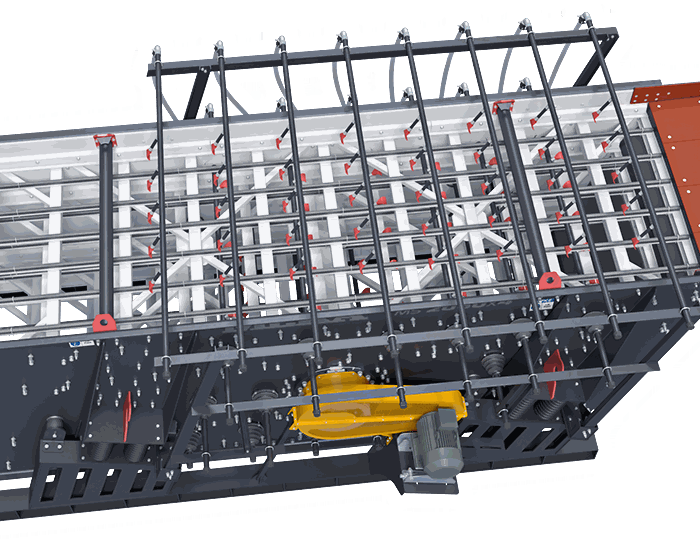
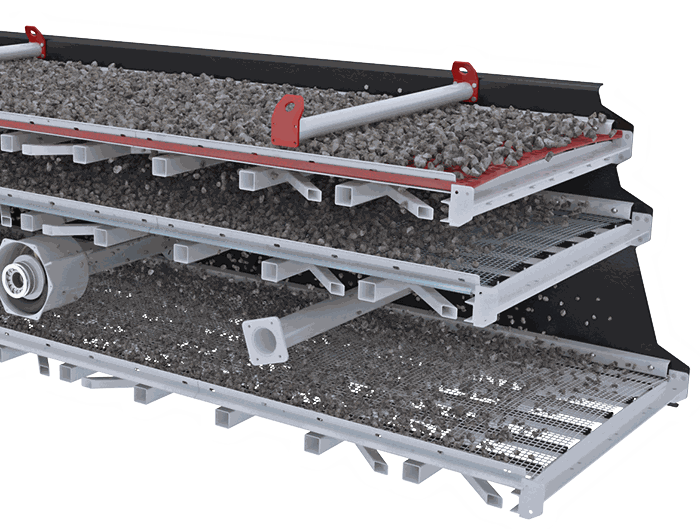
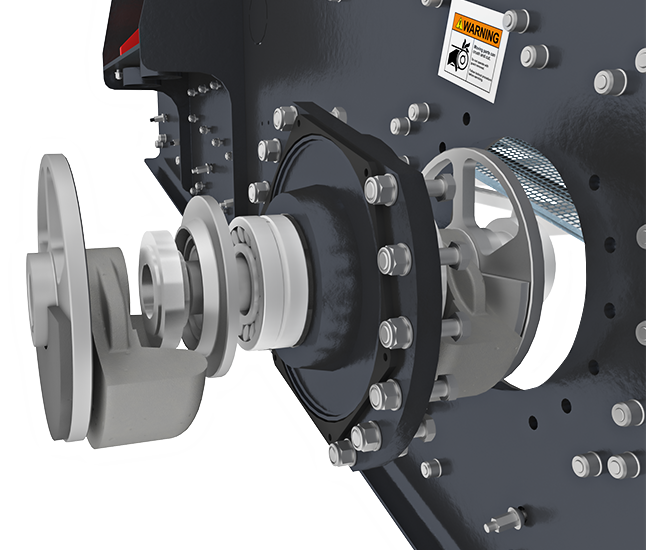
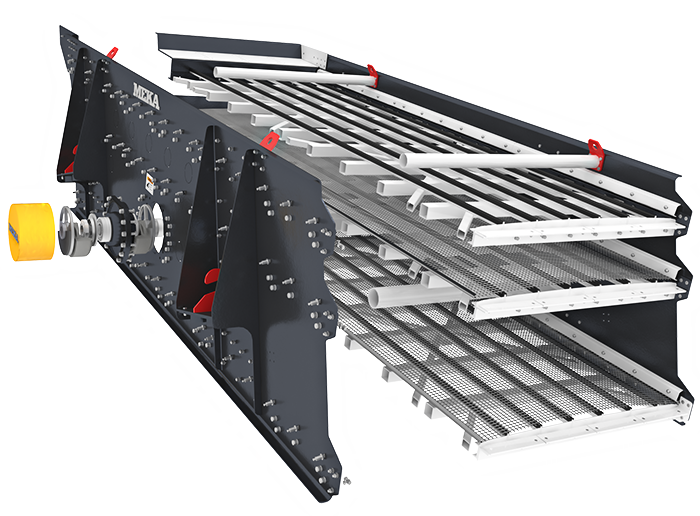

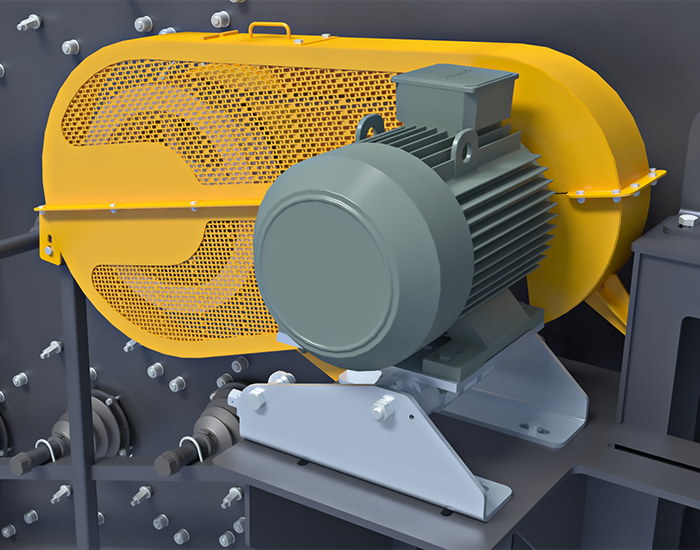
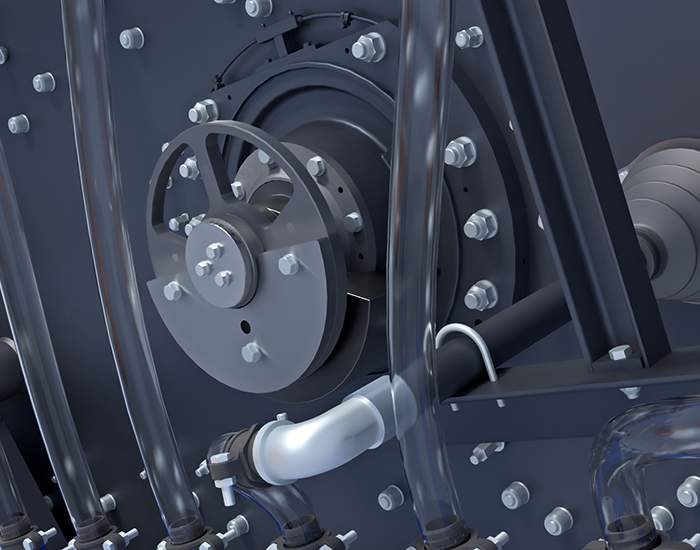
Birçok farklı endüstride farklı aşamalardaki malzemeleri sınıflandırmak için kullanılan, zemine göre eğimli olarak çalışan dairesel hareketli ve yüksek g-kuvvetli bir elektir. Uygulamalara bağlı olarak strok uzunluğu ile çalışma hızı kolay ve hızlı bir şekilde ayarlanabilir. Modüler tasarım sayesinde bakım kolaylığı sağlanmaktadır.
Eğimli eleklerde, farklı tiplerde elek üstü kapama sistemleriyle, doğaya toz salınımı azaltan çevre dostu eleme işlemi yapılmasına imkân tanınmaktadır.
- Eğimli elekler çok yönlüdür ve çakıl, kum, cevher ve geri dönüşüm gibi çok çeşitli uygulamalar için kullanılabilir.
- Eğimli elekler sahip oldukları çalışma açısı sayesinde eleme işlemini daha az enerji tüketimi ile yapabilmektedir.




